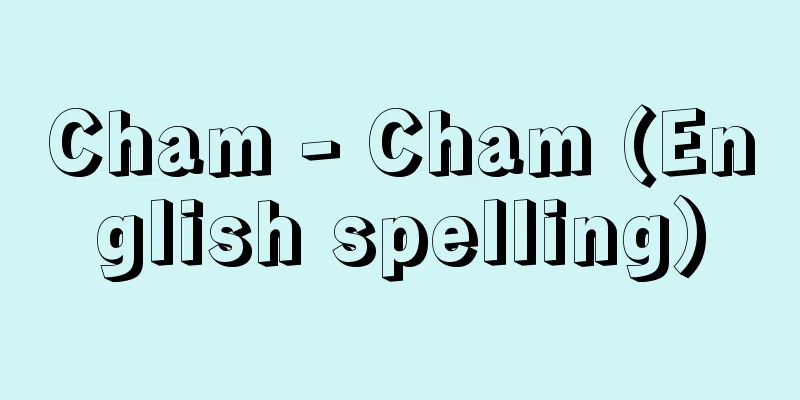Heihaku

|
It is a general term for things offered to the gods, but can also refer to cloth. It is also called "Mitegura," and Uzu no Mitegura, Futo Gohei, Ooheihaku, Itsuno Heihaku, Yasu Heihaku, Taru Heihaku, and Toyo Heihaku are all honorific names for this "Mitegura." There are roughly three theories about the meaning of the word Mitegura. (1) Mite (full) Kura (seat) - placing many offerings on a platform and offering them (Kamo Mabuchi). Kura refers to a platform on which things are placed or attached. (2) Mi (go) Tahe (tsuke) Kura (dai) - Mi is a prefix, and Tahe is a general term for textiles used in ancient times, and Tahe became Te (Shikita Toshiharu). (3) Mi (go) Te (hand) Kura (seat) - It means to hold it in your hands and offer it (Motoori Norinaga). Te is also considered to be an abbreviation of Tamuke (hand gesture), but this would be denied from a phonological point of view. The items and quantities of heihaku vary depending on the shrine and the ritual, but since the "Norito" section of Volume 8 of the Engishiki lists items such as miso (imperial clothing), weapons, sake (imperial sake), and food (imperial offerings) as offerings to Uzu, the original meaning of heihaku seems to be (1). This was later interpreted in a narrower sense, and came to mean a bundle of cloth or a skewer of paper streamers. During the State Shinto era before World War II, a distinction was made between sacred offerings and heihaku. At the great festivals of Ise Grand Shrine, official offerings such as five-colored ashiginu (lacquerware), nishiki (brocade), cotton, and hemp were offered. At the great festivals of Kankokuheisha and other shrines, hehakuryo (also called gold coins because they were paid in cash) were often offered, but there were also cases where actual items such as five-colored ashiginu, cotton, and hemp were offered. Those who offered hehaku were called heihakushi or kyoshinshi (official offerings). After World War II, the Association of Shinto Shrines established regulations for offering hehakuryo as an official offering at the regular festivals and certain great festivals of the shrines under its umbrella. Those who offer these are called kenheishi. At the so-called Imperial Shrines, including the Grand Shrine of Ise, imperial envoys visit and make offerings, but in these offerings they are made in actual objects such as Goshiki-ko. The offering is made by placing it in a willow box if it is an actual object, or on a large horn or cloud foot stand if it is a heihaku-ryo. [Numabe Harutomo] Source: Shogakukan Encyclopedia Nipponica About Encyclopedia Nipponica Information | Legend |
|
神に奉献するものの総称であるが、布帛(ふはく)の類をさしていう場合もある。「みてぐら」ともいい、宇豆乃幣帛(うずのみてぐら)、布刀御幣(ふとごへい)、大(おお)幣帛、伊都(いつの)幣帛、安(やす)幣帛、足(たる)幣帛、豊(とよ)幣帛などは、いずれもこの「みてぐら」の美称である。みてぐらの語義は、およそ次の三説ある。(1)ミテ(充)クラ(座)―たくさんの供物を案上に置いて献上すること(賀茂真淵(かもまぶち))。クラとは、物をのせたり、物をつける台となるものをいう。(2)ミ(御)タヘ(栲)クラ(台)の約―ミは接頭語、タヘは古代に用いられた織物の総称で、タヘがテとなった(敷田年治(しきたとしはる))。(3)ミ(御)テ(手)クラ(座)―手に取り持って献(たてまつ)るという意(本居宣長(もとおりのりなが))。テはタムケ(手向)の約ともみられているが、これは音韻学上からは否定されるであろう。 幣帛の品目や数量は、神社により、祭祀(さいし)によって異なるが、『延喜式(えんぎしき)』巻八の「祝詞(のりと)」には、宇豆の幣帛として、御衣(みそ)、武具、御酒(みき)、御饌(みけ)の類が述べられているから、幣帛の本来の意義は、(1)の説が妥当ではないかと思われる。これがのちに狭義に解されるようになり、布帛をさしたり、あるいは、紙垂(しで)を串(くし)に刺した幣束をいうようになった。 第二次世界大戦前の国家神道(しんとう)時代には、神饌(しんせん)と幣帛とを区別し、伊勢(いせ)の神宮の大祭には、五色絁(いついろのあしぎぬ)、錦(にしき)、木綿(ゆう)、麻などの官幣(かんぺい)が奉献され、官国幣社以下神社の大祭には、多く幣帛料(金銭をもってこれにあてたから金幣ともいう)が奉られたが、五色絁、木綿、麻などの現品の場合もあった。幣帛を奉献する者を幣帛使または幣帛供進(きょうしん)使といった。第二次大戦後、神社本庁では、所属する神社の例祭および特定の大祭に、本庁幣として幣帛料を供進する規程を設けている。これを供進する者を献幣使という。伊勢の神宮をはじめとするいわゆる勅祭社には勅使が参向して奉幣するが、このときは五色絁その他の現物である。奉幣の方法は、現物の場合は柳筥(やないばこ)に入れて、幣帛料の場合は大角(だいかく)もしくは雲脚台(うんきゃくだい)にのせて奉献される。 [沼部春友] 出典 小学館 日本大百科全書(ニッポニカ)日本大百科全書(ニッポニカ)について 情報 | 凡例 |
>>: Separation of soldiers and farmers
Recommend
Modern Norwegian - Kindai no Rwego
…It is the official language of the Kingdom of No...
Oze - Oze
… [Mountain tunnel construction method] Mountain ...
Kanshakei
…After Wu was destroyed by Yue, she disappeared i...
palsa
...Slopes are distributed with solifluction lobes...
Kanehiro Yoshida
1348-1402 (Shohei 3, Sadawa 4-Oei 9) He was a nobl...
Temporary hard water - Ichijikousui
When calcium and magnesium in water are dissolved...
Rutherford, D.
… In the 18th century, the study of gases made re...
Nikaido Sadafuji
Year of death: 1.12.28 (1335.1.23) Year of birth: ...
Leaf scar (English spelling)
…When the abscission layer is formed, the flow of...
Inyaku - Inyaku
…These duties were similar to those of the provin...
Major scale (English)
A heptonic scale with a major third as the third ...
Kasahoko
…A fancy float that appears at the festival (May ...
Dendrolagus
...A general term for mammals in the marsupial fa...
Fournier
French cellist. Born in Paris, he studied piano at...
conflit d'attribution
…When both parties assert the existence of their ...









